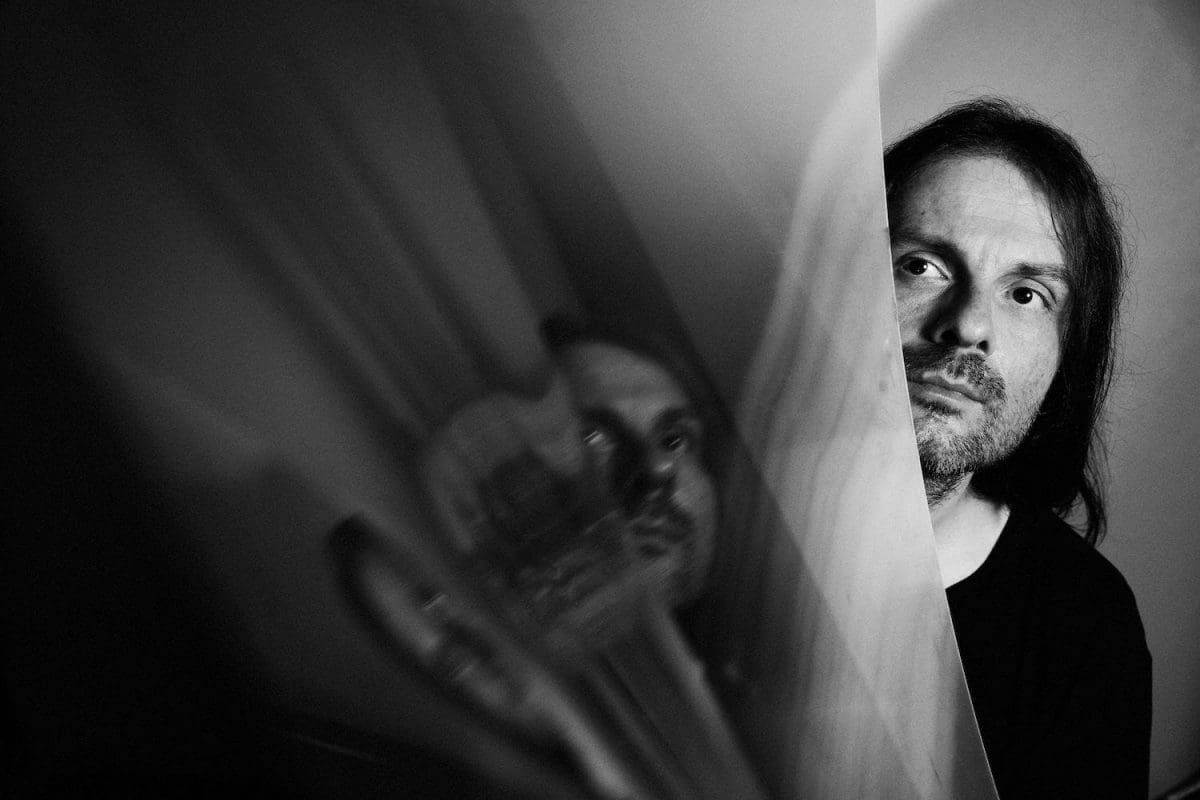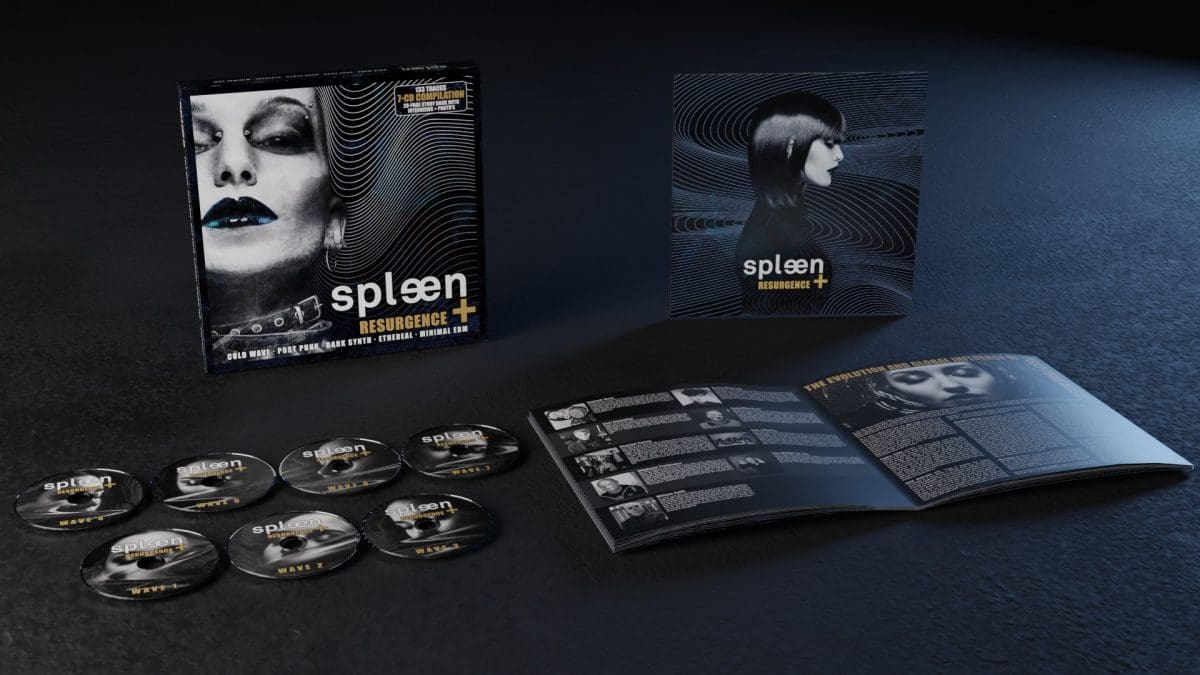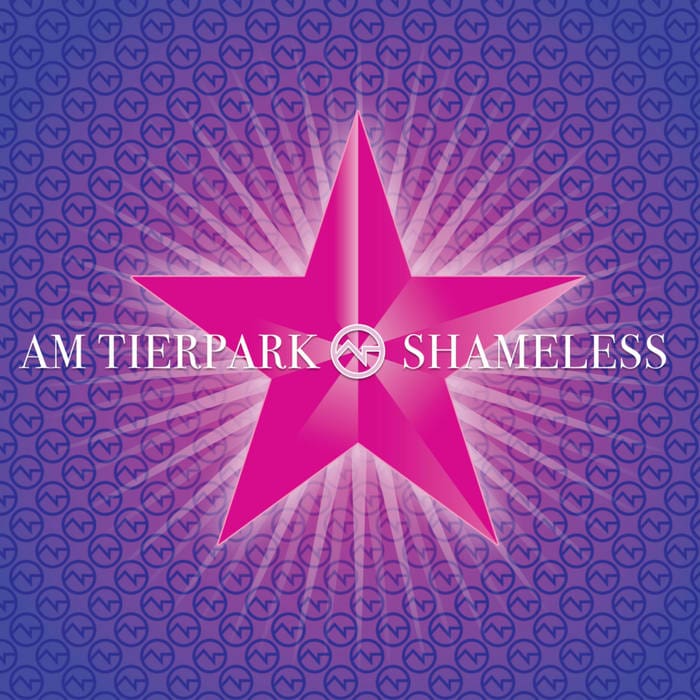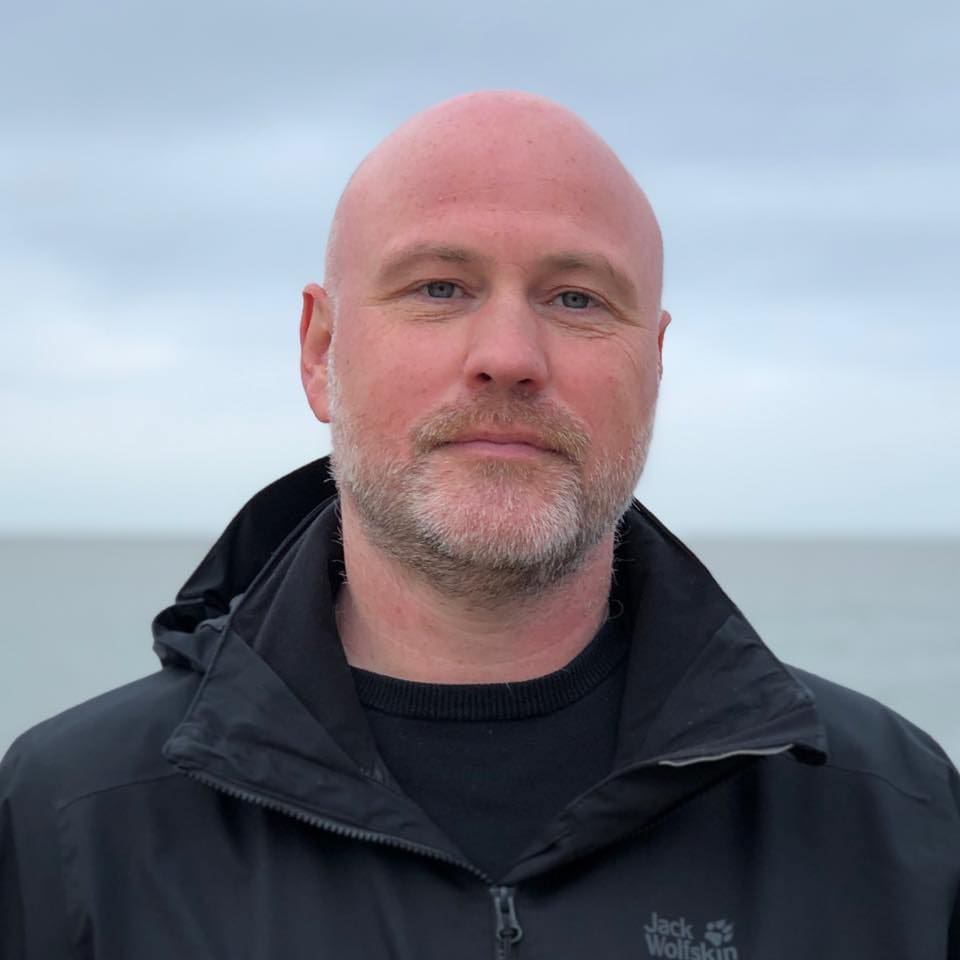History of Guns present the short film: ‘Drug Castle’

History of Guns present the short film: 'Drug Castle'
Today History of Guns present the short film “Drug Castle” which is also accompanied by the companion 3-track remix single, “Last Train to Drug Castle”, featuring remixes and alternate versions of the single tracks. The video follows the releases videos for the tracks “No Longer Earthbound”, “When You Don’t Matter”, and “What’s Buried (Will Rise)”.
The short film is made for one of the more experimental parts of their latest album, “Half Light”, in which they take their instruments to the beach, and experiment with different audio and emotional frequencies, “in an effort to contact beings from another world.”
Filmed, directed and edited by Howard Gardner, the short film “Drug Castle” comprises two tracks from History of Guns’ eighth album, “Half Light”: namely, “Drug Castle” and “Survive the Night”.
Producer, co-writer and keyboard player/programmer Max Rael says: “Drug Castle was the nickname given to a facility in England where they used to conduct what were often unethical, experimental, psychological procedures during the ‘60s and ‘70s. No one’s quite sure of its exact location, other than it was near the sea, and some of the sessions happened out on the beach. It was originally built for use in World War II, but no one seems to know what its original purpose was. Different psychologists and psychiatrists could effectively book it out, and then take patients or unwitting volunteers down there for however long, and do whatever they liked. There are some good stories from people who received really helpful treatment there, but it’s probably more famous for some of the awful horror stories and reports of deaths and extreme abuse. Apparently, there was very liberal use of experimental drugs and techniques, hence the nickname. One of the experimental treatments was called Frequency Therapy which involved using sonic frequencies to match or harmonise with emotional frequencies, which would cause a third frequency to be created, which caused some quite profound healing and bizarre experiences.”
“I first told Howard about the sci-fi plot I had for the album, one night after a few drinks when we were at Infest together a good few years ago. He’s been a solid, trusted and much-loved friend and collaborator on a range of projects over the years, so this seemed a perfect chance to continue our collaboration.”
Max Rael and filmmaker Howard Gardner are also collaborators in London-based experimental electronic trio, Decommissioned Forests. Gardner describes the process behind the Drug Castle film: “I listened to the tracks for the first time in a darkened room and they absolutely blew me away, so bleak and powerful was the imagery. I imagined the band all sitting around a campfire at night near the shore, playing the song while being plagued by demonic hallucinations or visions. I described this impression to the band, and they absolutely loved it, so we went from there. I’m a huge fan of David Lynch and I often solve filmmaking problems by trying to imagine what he might do. This was certainly the case with ‘Drug Castle’. Owing to the song’s length I imagined a slow-burning and ambiguous narrative with harsh lighting thrown by the fire, with slow edits and dissolves. For some of the more way-out visuals I took inspiration from Lucio Fulci (the decayed corpse-like figure) and The KLF (the trio of handmaidens sitting on the rocks). We shot it in a single evening in June, down on the Kent coast, and the band were very good-natured and cooperative the whole way – even when I asked Del to lie in the freezing cold sea and be splattered with fake blood. Max got an antique oscilloscope to work in the middle of a beach without any mains power, for which I think he deserves some sort of commendation!.”
Guitarist and co-writer, Caden Clarkson, who is both the newest addition to the group in its current iteration, and Rael’s son, says of both the recording and the video: “On ‘Drug Castle’ I had to take a different approach to what I’d normally do. I used the guitar as less of an instrument, and more of a means to create rich and somewhat haunting textures and soundscapes. I also used my Theremin to add the click beeping sounds and higher frequencies. The video recording was not at all what I had expected. When I read the script saying that Del would have to lay partially in the sea, I thought there would be no chance he’d do it, but he jumped right in and did such an amazing job of it, it was genuinely impressive to watch.”
Vocalist and co-writer, Del Alien adds: “I had not seen Howard in years! It was great to see him again. He had the video all planned out way before we got there. The last bit of the film was shot first, as it had to be in daylight, but I had to get on the beach with the freezing cold waves slightly coming up – sadly for me, I hate the cold! But to the others, great laughter was had. We misjudged the tide at one point, and I got frigging washed over! Luckily, Howard could see how bloody cold I was, and did that bit of the filming as fast as he could. And I must say, I think the end result of a very long and challenging day paid off.”
About History of Guns
Formed in Cheshunt, Hertfordshire in 1996, the duo became frontrunners of the Wasp Factory / FuturePunk scene of the early 2000s. The band went on hiatus in 2012, returning with 2022’s album “Forever Dying In Your Eyes” before setting about finishing an electronic project they’d begun in 2008 – resulting in “Half Light”.
The starting point for this album lays in Robert Anton Wilson’s words “The future is up for grabs; it belongs to any and all who will take the risk and accept the responsibility of consciously creating the future they want.” The release contains elements of a story currently being written as a novel by Max Rael, with these 10 tracks exploring inner and outer space.
Since you’re here …
… we have a small favour to ask. More people are reading Side-Line Magazine than ever but advertising revenues across the media are falling fast. Unlike many news organisations, we haven’t put up a paywall – we want to keep our journalism as open as we can - and we refuse to add annoying advertising. So you can see why we need to ask for your help.
Side-Line’s independent journalism takes a lot of time, money and hard work to produce. But we do it because we want to push the artists we like and who are equally fighting to survive.
If everyone who reads our reporting, who likes it, helps fund it, our future would be much more secure. For as little as 5 US$, you can support Side-Line Magazine – and it only takes a minute. Thank you.
The donations are safely powered by Paypal.











